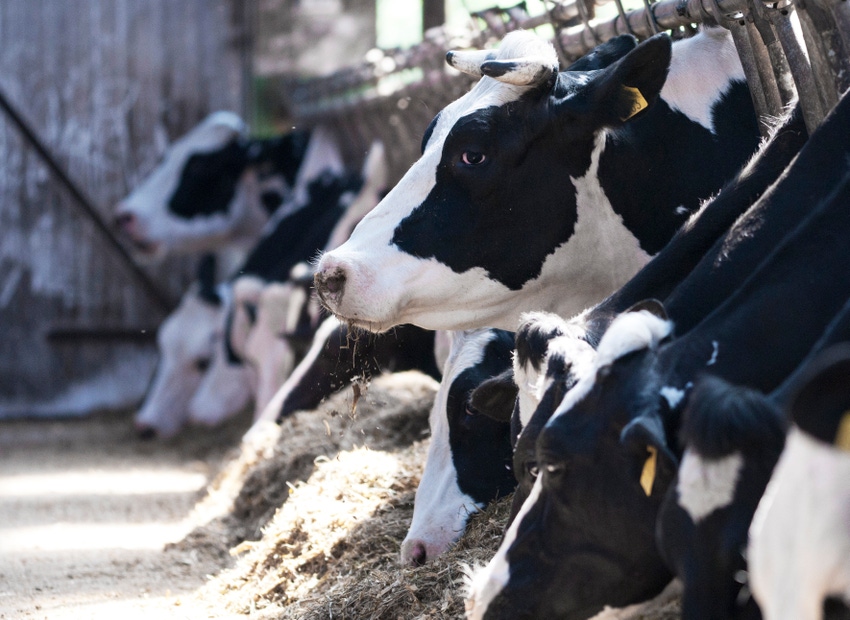Workshop provides insights for dairy producers, such as potential benefits of supplemental methionine.
April 25, 2018

Some aspects of a dairy calf’s lifetime performance are affected by nutrition while in utero, and the nutrients present in the pre-birth environment can affect lifetime productivity and influence whether the calf becomes a good-performing or a bad-performing cow, according to University of Illinois professor Jim Drackley.
When the individual calf’s gene expression is modified, it affects its lifetime performance; however, the calf’s genetic DNA does not change, Drackley said at a recent Adisseo International Dairy Workshop in China. The workshop provided dairy producers with insights and solutions, such as the benefit of supplemental methionine.
According to Adisseo, Drackley has found that:
* Balancing the methionine levels in the dairy ration from the pre-fresh period to when cows are confirmed pregnant improves milk yield and milk components for dairy cows.
* Balancing methionine levels may improve embryo quality and may reduce early embryo losses.
* The ratio and total grams of lysine and methionine — which are known to be the first-limiting amino acids — in the ration have been shown to significantly affect milk and component production. Meeting dairy cow nutritional needs for methionine also has been shown to have an impact on health and reproduction.
* Pregnancy success starts during the transition period, prior to the next pregnancy.
* Feeding rumen-protected methionine increases the methionine concentration in the serum and follicular fluid of dairy cows, making methionine readily available to the developing fetus.
* Maternal methionine status may affect the calves after birth and in the long term.
Balancing amino acid levels
Also at the Adisseo workshop, University of New Hampshire professor emeritus Chuck Schwab, owner of Schwab Consulting, provided insights on how to achieve optimal herd performance by balancing the amino acid levels in rations.
Schwab reminded dairy farmers that while rumen microorganisms require rumen degradable protein, cows require amino acids. Therefore, the best dairy rations meet the needs of both the rumen microorganisms and the cows. Cows use amino acids in three ways: for protein synthesis, metabolic regulation and the formation of non-protein nitrogen compounds.
Dairy cows obtain absorbable amino acids from microbial protein (usually 50% or more), the rumen undegraded protein in their feed (usually less than 45%) and endogenous protein (approximately 5%), Schwab said.
According to Adisseo, Schwab recommended using rumen-protected amino acids to ensure that neither a lack of methionine nor lysine limits production or performance. He encouraged nutritionists to selectively use protein supplements and rumen-protected amino acids to more efficiently and economically meet their nutrient requirements without wasting amino acids.
Schwab said more research is needed to establish the ideal profile of absorbed amino acids at different lactation stages and production levels.
He also suggested that protein and amino acid nutrition will continue to evolve to more efficiently meet the requirements of the cow while allowing for lower levels of dietary crude protein.
For example, Schwab said current research shows that the functions of methionine go beyond being a building block for protein synthesis; methionine also plays a role in production, health and reproduction. It does this by not only increasing protein synthesis but also by affecting antioxidant levels, liver function, the immune system, methylation of DNA and histone and gene expression, Adisseo noted.
You May Also Like


.png?width=300&auto=webp&quality=80&disable=upscale)
